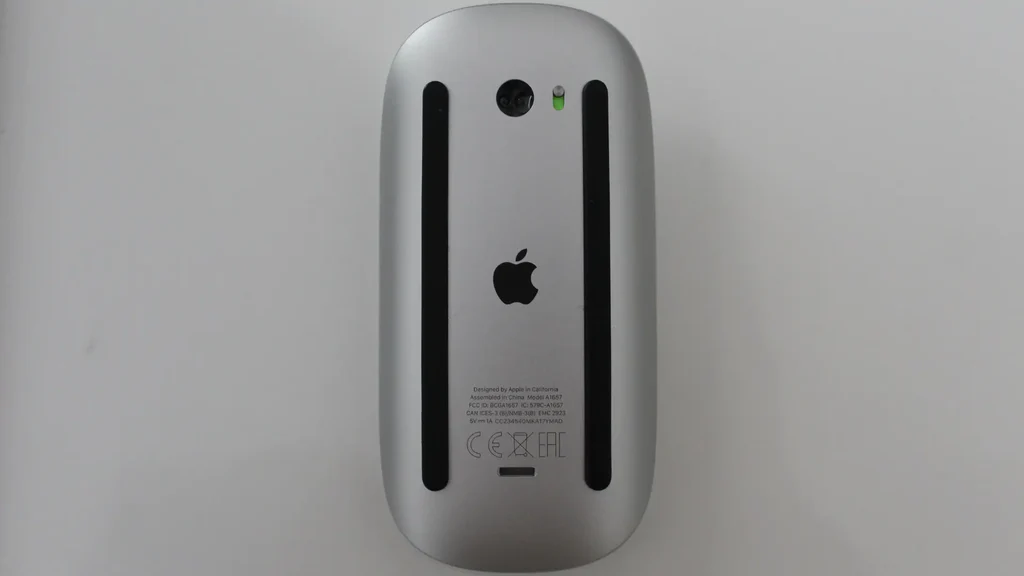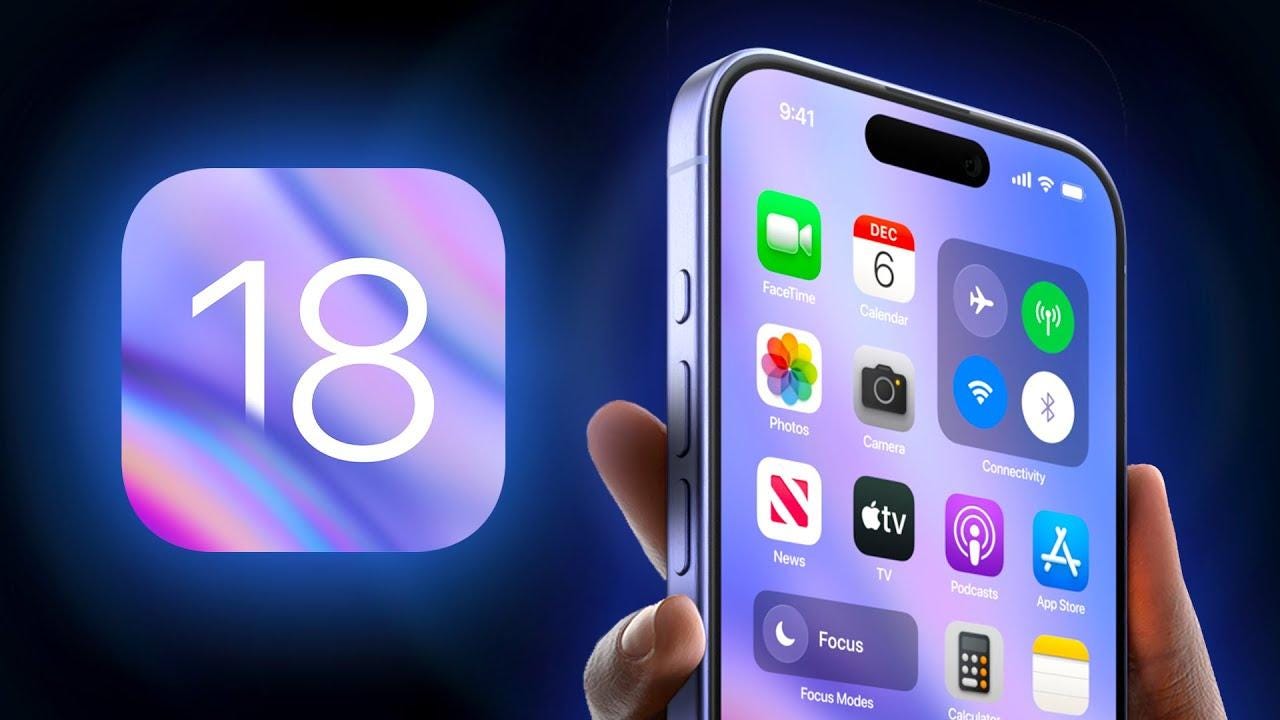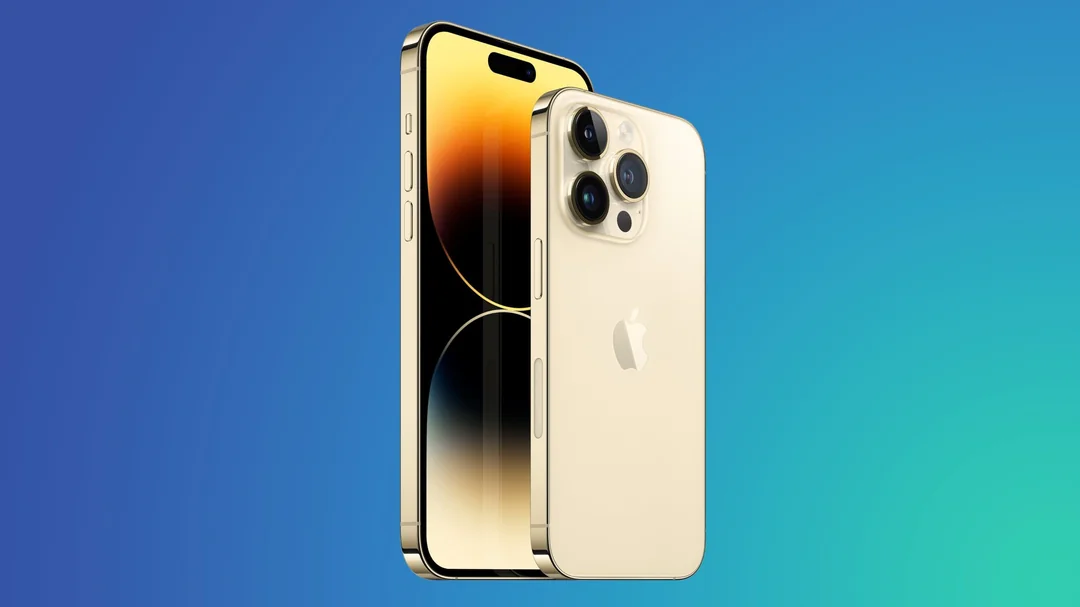Have you ever experienced the sheer frustration of your sleek Apple Magic Mouse running out of juice right when you’re in the middle of an important project or that epic gaming session? You’re not alone!
The design choice to place the charging port on the underside has baffled and annoyed countless users. But what if we told you there’s a glimmer of hope on the horizon? In this blog post, we’re diving deep into innovative solutions that could transform your experience with one of Apple’s most iconic accessories.
Join us as we explore potential redesigns, user-inspired tweaks, and what they might mean for future iterations of this beloved device. Say goodbye to awkward charging moments—let’s discover how Apple can work its magic once again!
Introduce the topic of Apple's Magic Mouse charging port and its common issues.
Apple’s Magic Mouse has won over many users with its sleek design and impressive functionality. However, one common frustration lurks beneath that polished surface—the charging port.
It’s often the source of confusion and annoyance for those who rely on this innovative accessory daily. Whether it stops working unexpectedly or refuses to charge when needed, these issues can disrupt your workflow and lead to unnecessary stress.

But fear not! There are solutions at hand, starting with Apple’s approach to tackling these problems head-on. Let’s dive into what makes the Magic Mouse charging experience a bit tricky and how you can navigate through it smoothly.
Discuss the common issues faced with the charging port, such as malfunctioning or not working at all.
Apple’s Magic Mouse is a sleek and innovative device, but users often face challenges with its charging port. One of the most common complaints revolves around the Lightning port malfunctioning.
Many find that their mouse just won’t charge, leaving them frustrated mid-task. This issue can stem from debris or dust collecting in the small opening, affecting connectivity.

Sometimes, it’s not about dirt; you might discover that your cable isn’t working as expected. Faulty cables or connectors can lead to confusion when troubleshooting.
Another concern is the positioning of the charging port itself. It’s located on the bottom of the mouse—an inconvenient design choice for users who want to keep using their devices while they charge. Such issues can disrupt productivity and challenge user experience, making it crucial to address these problems promptly.
Talk about the solution that Apple has provided for this issue—the Lightning to USB cable.
Apple has addressed the charging port issues with a practical solution: the Lightning to USB cable. This sleek accessory comes bundled with most Apple products, making it easily accessible for users.
The cable is designed for quick and efficient charging. Plug one end into your Magic Mouse and the other into a power source. It’s that straightforward.

One of its standout features is versatility. You can use this cable not just for charging your mouse but also for other compatible devices like iPhones and iPads. This means fewer cables cluttering your workspace.
Additionally, the Lightning connection ensures fast data transfer rates if you ever need it for syncing purposes. Users appreciate how seamlessly it integrates into their Apple ecosystem while solving common connectivity problems effectively.
How to Use the Cable: Provide a step-by-step guide on how to use the cable to charge your Magic Mouse.
To charge your Magic Mouse, start by locating the Lightning to USB cable. Ensure you have a compatible USB power source nearby.
Next, take one end of the cable and plug it into the port on the bottom of your Magic Mouse. This might feel awkward since it’s not designed for charging while in use.

Now, connect the other end to your computer or an Apple power adapter. If you’re using a laptop, make sure it’s turned on so that it can provide power.
You’ll notice a small LED indicator light will appear when charging begins. A full charge usually takes about two hours but can last up to several weeks with regular use.
Once charged, unplug the cable and enjoy seamless functionality without interruptions!
Share some tips and tricks on keeping your charging port in good condition, such as avoiding water damage and regular cleaning.
Taking care of the charging port on your Apple Magic Mouse can greatly extend its lifespan. Start by ensuring that it stays dry. Water or moisture can wreak havoc on electronic components, so always keep it away from spills.
Regular cleaning is essential, too. Use a soft, lint-free cloth to gently wipe down the port and surrounding area. Dust and debris can accumulate over time, potentially leading to connection issues.

Avoid using excessive force when plugging in your Lightning cable. A gentle touch prevents wear and tear on both the cable and the port itself.
Consider storing your mouse in a protective pouch when not in use. This simple step helps shield it from dust and accidental knocks.
Lastly, be mindful of where you place your mouse while charging—avoid areas with high humidity or extreme temperatures for optimal performance.
Mention alternative solutions that users have found, such as using a wireless charging pad or purchasing third-party cables.
For those seeking alternatives to Apple’s charging solution, wireless charging pads have gained popularity. These pads eliminate the need for cables. Place your Magic Mouse on the pad, and it starts charging effortlessly.
Another option is third-party cables. Many brands offer affordable Lightning to USB options that often perform just as well as Apple’s original cable. Users appreciate having extra cables available for convenience or travel.

Some tech enthusiasts even modify their setups by integrating custom docks tailored specifically for Magic Mouse users. This can provide a sleek aesthetic while ensuring steady power flow.
Keep in mind that not all third-party accessories are created equal; it’s essential to choose reputable brands to avoid potential damage or compatibility issues with your device. Experimenting with these alternatives might lead you to a more convenient way of keeping your Magic Mouse charged and ready for use.
Conclusion: Summar
Apple’s Magic Mouse has carved out a niche among tech enthusiasts and everyday users alike, thanks to its sleek design and innovative features. However, like any device, it isn’t without its challenges. The charging port can sometimes malfunction or stop working altogether, leaving users frustrated.
Fortunately, Apple offers a practical solution with the Lightning to USB cable. This simple yet effective accessory allows you to charge your Magic Mouse efficiently without much hassle.

To use the cable for charging your mouse is straightforward. First, connect one end of the Lightning cable to the mouse’s charging port and plug the other end into a power source via USB. Within moments, you’ll see an indication that your device is charging effectively—a quick fix for an annoying problem!
Maintaining your charging port in good condition can greatly extend its life span. Be mindful of water exposure; moisture can cause significant damage over time. Regularly clean around the port gently with a soft cloth to prevent dust buildup that might hinder connectivity.
For those seeking alternative solutions beyond Apple’s offering, there are options available, too! Some users have found success using wireless charging pads designed specifically for the Magic Mouse or opting for third-party cables tailored to their needs.
The world of Apple products continues to evolve rapidly—providing both challenges and opportunities along the way as technology progresses. With proper care and attention given to minor issues like this one, you’ll ensure smooth sailing while enjoying all that Apple has to offer with devices like these!






